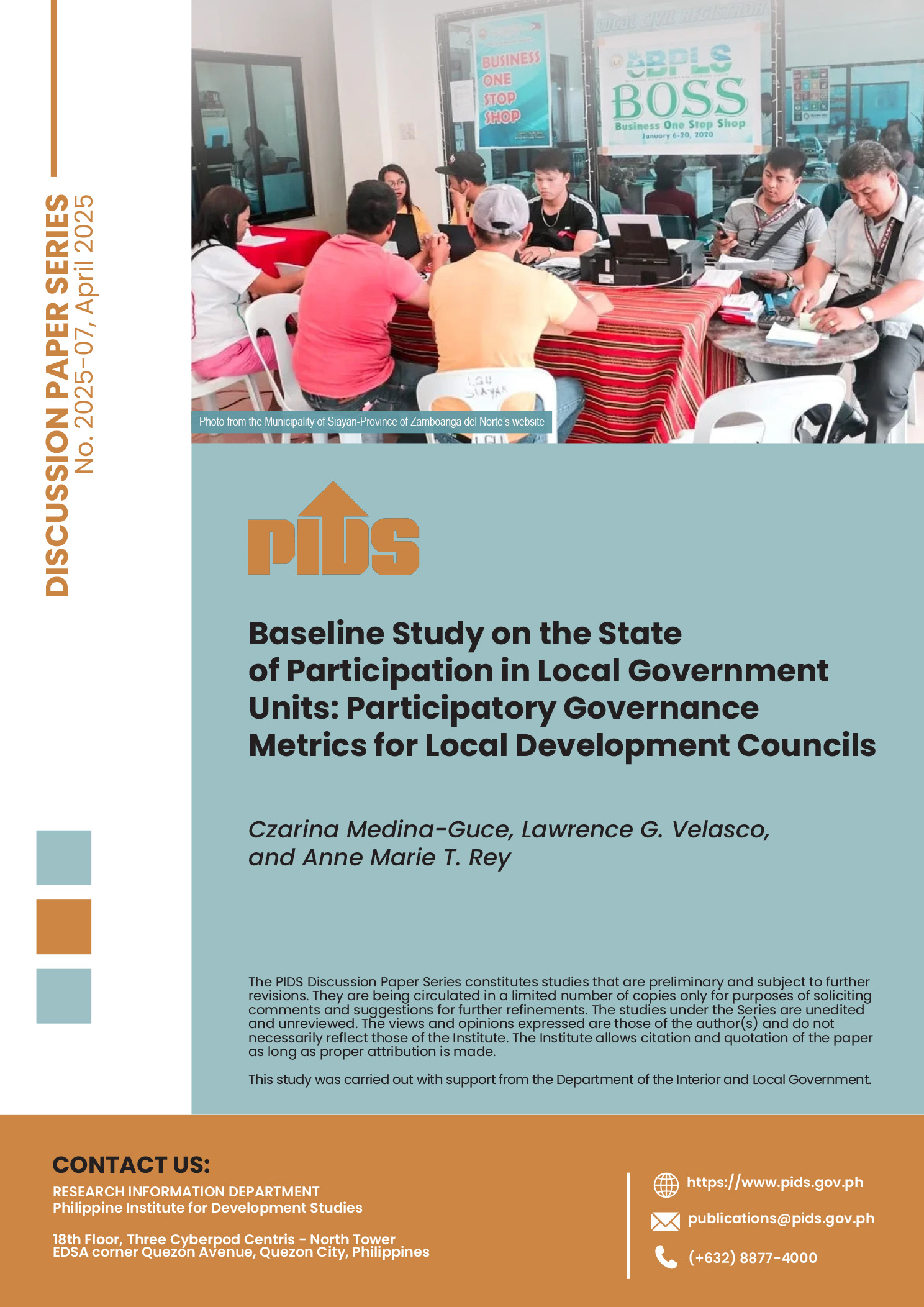FOUR months into the rapid increase in commodity prices, an economist from the De La Salle University (DLSU) expressed concern that high food prices could lead to greater malnutrition nationwide.
In a statement released by the Philippine Institute for Development Studies (PIDS), De La Salle University Professor Marites Tiongco said inflation rates for vegetables and rice were relatively high in the last four months.
Tiongco noted that month-on-month inflation for vegetables declined from 11.2 percent in August to 2.5 percent in September, but it rose from 4.9 to 8.4 percent for rice.
“Tiongco alerted that the rising food prices, if not abated, will lead to malnutrition and other health issues. This can exacerbate the already serious problem of malnutrition in the country,” PIDS said.
Tiongco recommended addressing high food prices by looking at all angles of the problem, including the production, market, legislative, and institutional constraints.
She also recommended beefing up “nutrition surveillance and early warning systems to monitor and treat severe and acute malnutrition.”
For nutrition surveillance and food transfers, she emphasized that the priority should be pregnant women, infants and children, given the critical importance of the first 1,000 days of life for children’s healthy growth and development.
Malnutrition in the country, including stunting, is high but government resources have not been sufficient in addressing it.
In a research paper, PIDS supervising research specialist Jhanna Uy; health financing expert Julienne Lechuga; and PIDS Senior Research Fellow Valerie Gilbert T. Ulep said total national-level nutrition-related expenditures for 2017–2019 were estimated at P492.7 billion.
This is equivalent to an average annual per capita of P1,554.3 and represents a 0.95-percent share of gross domestic product and a 7.9-percent share of total government expenditures.
The study said majority of nutrition-related expenditures were intended for nutrition-sensitive activities at 95.28 percent, followed by nutrition-specific activities at 3.87 percent; while enabling interventions account for 0.85 percent.
The Department of Social Welfare and Development accounted for the largest share at 59.6 percent or P293.5 billion. In terms of budget execution efficiency for all nutrition expenditures across agencies, the budget absorption remained steady at 73 percent from 2017 to 2019.
The Department of Health had one of the lowest absorption rates at less than 38 percent, next to nutrition-sensitive interventions of the Department of Education at 11 percent.
Countries that have significantly reduced stunting prevalence in the past decade made coherent and simultaneous investments in the most influential drivers of under-5 stunting.
“In the Philippines, NGA (national government agency) nutrition expenditures were incoherent in failing to account for interconnected risk factors that cause childhood stunting,” the researchers said.
Stunting, or being too short for one’s age, was defined by the researchers as a height that is more than two standard deviations below the World Health Organization Child Growth Standards median.
In 2019, data obtained by the researchers showed that 28.8 percent or 3.7 million of under-5 Filipino children were considered stunted.
Despite the rapid growth in national income, the researchers said the prevalence of stunting remained relatively stagnant in the country, with less than a 1-percent annual decline in the last two decades from 1990 to 2020.
Most countries, the researchers said, reduced stunting prevalence by up to two-thirds over the same period such as 5 percent to 6 percent annual decline.











